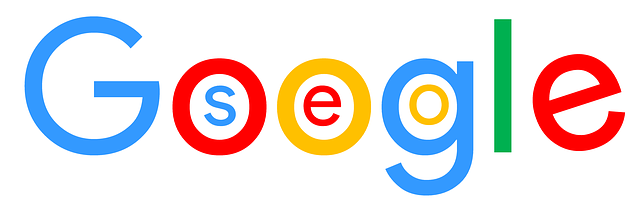 Ten characters may not seem like much, but they can substantially impact click-through rates on organic search results for corporate Web pages or for PR and marketing articles. Organic search results typically show the title tag (headline) and the meta description which the author writes to describe the essence of an article.
Ten characters may not seem like much, but they can substantially impact click-through rates on organic search results for corporate Web pages or for PR and marketing articles. Organic search results typically show the title tag (headline) and the meta description which the author writes to describe the essence of an article.
By making the column for organic search results wider, Google has increased the maximum limit it shows for title tags to 70 characters, an increase of 10 to 15 characters. That’s enough for another word or two.
The wider search results column has also increased meta descriptions by 16 to 20 characters to 100 characters per line. The meta descriptions have also been enlarged from two to three lines. Typically, Google’s organic search results show an ellipsis (…) when the title or description reaches the character limit. For reference, the space used for the organic search results is now 600 pixels wide, compared to the old 500 pixels, points out Jennifer Slegg at The SEM Post.
A Substantial Change
The change is significant, SEO experts agree. Content marketers and others have substantially more space to describe their content and entice web searchers to click on their snippets.
SEO experts caution that Google could again change how it displays search engine results and perhaps even return to its shorter title tags and descriptions.
Despite its large potential impact, the adjustment at first went almost unnoticed. Sharp-eyed SEO observers say Google implemented the extended headlines on May 4.
The extended organic headlines are good news for marketers. They may be able to fit longer brand names and product features into search results. PR and content marketing writers may be able to employ additional keywords in the headlines and meta descriptions.
Space for Brand Names
“People don’t want to be scrolling through the search results to see an ellipsis. Although in some cases it has prompted me to click because I was genuinely interested in seeing more,” writes Jonathan Jones at technology blog Vlexo.NET. “However, in this particular case, it makes total sense to show the brand as people will genuinely look for the brand in the search results if the brand is big enough.”
SEO pros and content marketers may wish to compare their click-through rates prior to May 5 to more recent CTRs to learn if longer snippets are helping. They might also consider revisiting title tags and descriptions that are significantly under the new limits.
Google also increased title tag lengths for mobile search results to about 78 characters, eight more than desktop results. This will help mobile searchers find results faster, says Amanda G. Watlington, founder of Searching for Profit. “In my own experience using mobile search, nothing is worse than having to search multiple times to get a desired result on my mobile. A more detailed result will shorten the process,” Watlington writes in Target Marketing.
Bottom Line: A wider column resulting in longer title tags and descriptions in Google search results provides marketers and content writers more room to finesse their copy. With more space, marketers with superior writing skills will gain an edge. Introduction of the extended headlines offer an opportune time for organizations to reexamine their SEO and content marketing tactics.
William J. Comcowich founded and served as CEO of CyberAlert LLC, the predecessor of Glean.info. He is currently serving as Interim CEO and member of the Board of Directors. Glean.info provides customized media monitoring, media measurement and analytics solutions across all types of traditional and social media.




